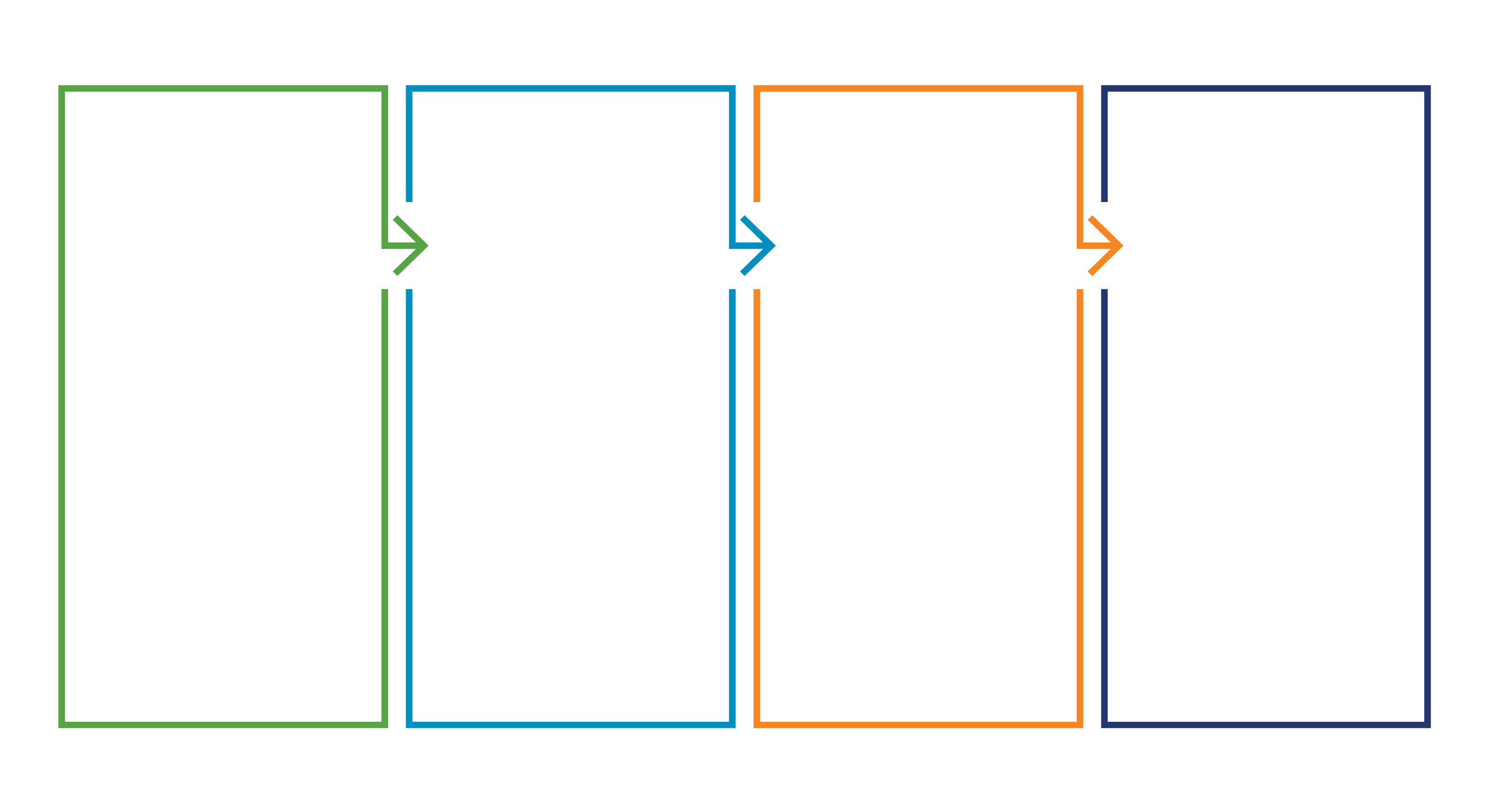Teachers have never-ending opportunities to provide feedback to students. Amidst all the different sources of feedback students receive, neither marks or grades have the biggest impact on student learning. These matter, but they give students little information as to how they can increase their learning or demonstrate more accurately what they have learned. Written and in-person feedback that is specific to the task at hand has the greatest impact on improving learning outcomes.[1] Feedback, when done well, has a powerful influence on student learning.[2] In fact, research suggests that spending slightly less time teaching in order to provide more constructive feedback increases student learning.[3]
What is feedback?
Feedback is any information that helps the learner improve.[4] It is sharing with the learner what works well, where the knowledge gaps are, and what the next steps are. Saying ‘Good job!’, while nice to hear, is not feedback students can leverage effectively. Thus, praise and feedback are not the same; praise tells students they did a great job while feedback shows them how to improve their work.
The continuum of feedback and instruction
Feedback and instruction are on the same continuum.[5] They go hand in hand, allowing teachers to adjust their instruction in light of the feedback they are giving.
What does effective feedback look like?
Constructive feedback is timely, specific, and relates to the task at hand. Hattie maintains that good feedback makes students feel like it is just on time, just for them. When providing feedback, there are certain things to keep in mind.
- Timing is crucial: There isn’t a wrong time to provide feedback, but there is a time when it is most effective. Give feedback when students are consolidating knowledge to provide them with a chance to revise and revisit their work. Feedback should not be delivered at the end, but rather at several stages throughout an activity, allowing opportunity for improvement. In this way, feedback can be seen as formative guidance, not summative evaluation.
- Good feedback requires planning: Ensure you know and communicate the learning goals for the lesson. This will enable you to provide focused feedback that points the students towards the right next steps.
- Students know the expectations: Use rubrics, scoring guides or specific criteria to clarify expectations. This way students know what success looks like and can appreciate that the feedback is intended to close the knowledge gap.
- Students and teachers are not overwhelmed: Focus on providing feedback about a few specific elements at a time to ensure students are not buried under an avalanche of feedback. Giving constructive feedback takes a lot of time; the workload needs to be manageable for teachers. Make time for review but provide clear guidelines for the specific elements you are reviewing.
Good feedback doesn’t just correct students; it directs them to the next steps for improving their work. By planning how we provide feedback and by thinking deeply about the kinds of comments we share with students, we are able to help guide students continuous learning success.
[1] Wiliam, D. (2011). Embedded formative assessment. Bloomington, IN: Solution Tree Press.
[2] Bransford, J., Brown, A., Cocking, R. (eds). 2000. How People Learn: Brain, Mind, Experience and School. Washington D.C.: National Academy Press. pp. 3-23.
[3] Marzano, R., Pickering, D., & Pollock, J. (2001). Classroom instruction that works: Research-based strategies for increasing student achievement. Alexandria, VA: ASCD.
[4] Winne, P. H., & Butler, D. L. (1994). Student cognition in learning from teaching. In T. Husen & T. Postlewaite (Eds.), International encyclopaedia of education (2nd ed., pp. 5738–5745). Oxford, UK: Pergamon.
[5] Hattie, J. (2009) Visible Learning: A Synthesis of Over 800 Meta-Analyses Relating to Achievement. Routledge, P. 174



